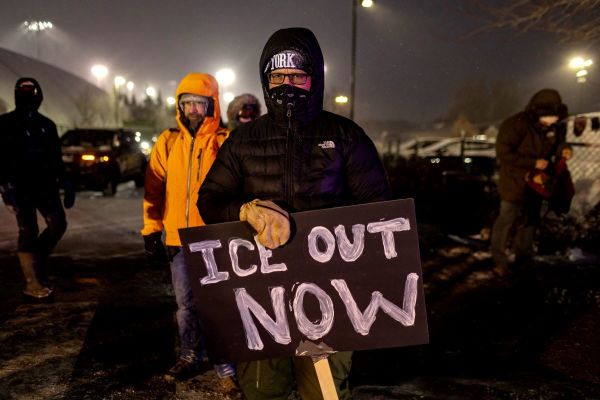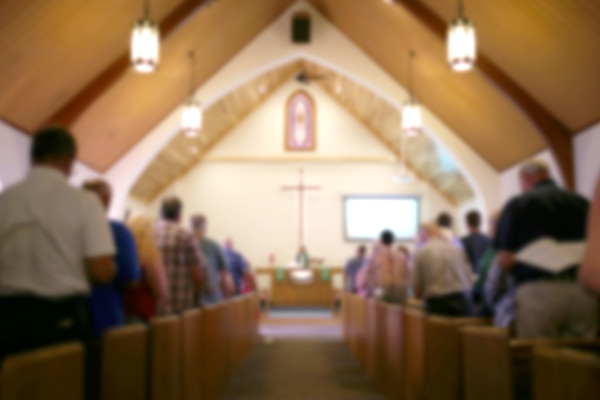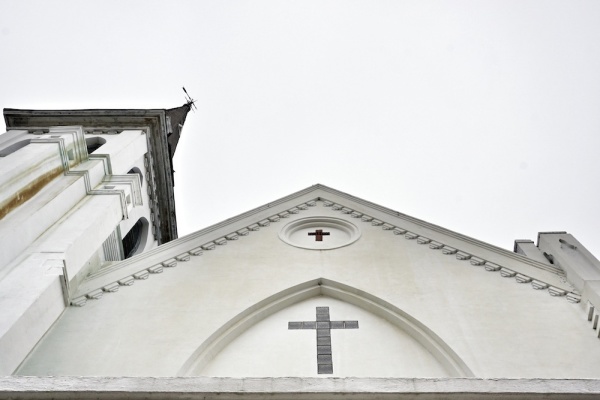Multiethnic church movement is ‘not where it should be’ despite tripling in past 20 years, Derwin Gray says
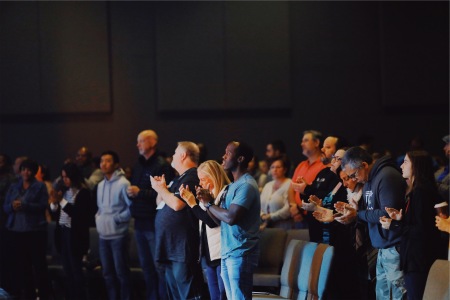
Although former NFL-player-turned-megachurch-pastor Derwin Gray did not come from a churched upbringing, he quickly realized that there was something wrong with how church was being done when he began his relationship with Christ in the late 1990s.
After playing football and meeting his future wife, Vicki, during his playing days at Brigham Young University in Utah, it wasn’t until late in his professional football career that he and Vicki truly started on their journey with Christ.
Although the 92nd pick in the 1993 NFL Draft ended up playing six seasons as a defensive back — five with the Indianapolis Colts and one with the Carolina Panthers — he won’t be most remembered for the impact he made on the gridiron. Rather, it will be the influence he has had as one of the most prominent Christian leaders driving today’s multiethnic church movement.
Gray is the founder and pastor of the 3,500-member Transformation Church in South Carolina, a congregation he and his wife launched in 2010 with the idea of building a church where “multiethnic, multigenerational mission-shaped community loves God completely, ourselves correctly and our neighbors compassionately.”
While Gray has helped mentor dozens of church leaders across the world as they desire to form their own multiethnic and multigenerational churches, the interracial couple’s inspiration for launching the influential Transformation Church in February 2010 was driven by an observation they made when they first started looking for churches to attend.
“What we noticed is that when we would go and attend worship services that the congregations were either pretty much all white or pretty much all black,” Gray explained in an interview with The Christian Post.
“It was just weird to us because being from a non-churched background, our friends were multiethnic friends. When we're not Christians and we would go to the nightclub, it was diverse. Our whole life was multiethnic and diverse. Yet when we became Christians, all of a sudden, it was like we had to choose to either enter into the white church world or the black church world.”
But in the last 20 years since Gray began building his relationship with the Lord, there has been a steady increase in the number of churches considered to be multiethnic or multiracial (no more than 80 percent of the congregation’s members is of one particular race).
According to a Baylor University study released last year, as many as 12 percent of Protestant churches in the U.S. were considered to be multiracial as of 2012, the most recent year in which data was available for the study.
While 12 percent might not seem like much, that figure about triples the number of Protestant churches that were considered multiethnic in 1998.
Multiethnic is how the church is supposed to look, especially in communities that are diverse, Gray says. Christ’s parable of the Good Samaritan is a metaphor for how the Church is supposed to look, he added.
“What is beautiful about the story is that the Samaritan people were both gentile and Jew — they were ‘half-breeds,” Gray explained. “Well, the Good Samaritan is a picture of what the Church is to be. That Samaritan was a multiethnic person and the church is to be a multiethnic church.”
Despite this growth in multiethnic churches nationwide, the 47-year-old Gray doesn’t think the multiethnic church movement today is “where it should be.”

“I want to see the day come when we no longer have to use the word multiethnic to describe church,” Gray detailed. “Because in the early Christianity, the term church meant Jews and gentiles — multiethnic, multiclass and women were treated with equality with men.”
The often repeated quote from civil rights icon Rev. Martin Luther King, Jr. reads: “It is appalling that the most segregated hour of Christian America is eleven o'clock on Sunday morning." While this may still be largely true today, Gray believes that the racial segregation seen in the church today is because “we have allowed our racialized society in America to influence the Church.”
“When you think historically about the Church in America, we have to understand that the reason that there is a ‘black church’ is because the African slaves were not allowed to worship with white folks,” reasoned Gray. “When we look at the history of Jim Crow and we look at segregation, we see that oftentimes, sadly, from Jonathan Edwards to George Whitefield and the revivals, they were endorsers of the atrocity of slavery. So, I am thankful for the British guy, John Wesley, who was an abolitionist.”
Gray stressed that the church has historically “been on the wrong side.”
“That is influenced and tumbled throughout history and so there is a lot of mistrust,” he said. “We have allowed the evil one to use the atrocity of a racialized culture to segregate Jesus’ Church. Secondly, in seminaries often, this perspective is not even taught even though it's all over the scriptures.”
In addition to leading Transformation Church, Gray also heads The High-Definition Leader Roundtable. The two-day event launched in 2015 is held twice a year at Transformation Church, where around 25 pastors come from across the country to get an idea for what a multiethnic church should look like.
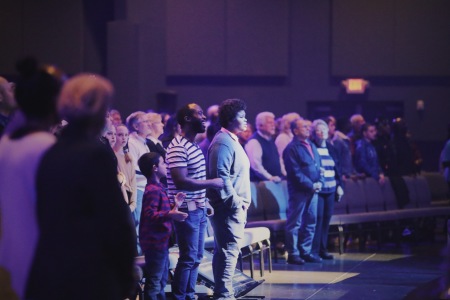
The roundtable serves as an opportunity for church leaders to learn more about multiethnic church planting. The sessions cover multiethnic theology, vision casting, cross-cultural competency, soul care and best practices.
Gray has also shared much of these thoughts in his 2015 book The High Definition Leader: Building Multiethnic Churches.
“We want to be a resource to help multiply what God is doing at Transformation Church and what we believe is God’s heartbeat,” Gray stated.
He added, however, that if churches are not located in an ethnically diverse area that they will have a hard time becoming a multiethnic church.
“I am speaking to the majority of places in our country where there is diversity,” he said. “If you ever want to know if you can be a multiethnic church, just look at the ethnic diversity of the local schools within three to five miles of that particular local church.”
The pastor told CP about some common mistakes that he sees aspiring multiethnic churches make.
“The first mistake that churches make is they don’t take time to actually learn the theology and to learn cross-cultural competency,” Gray stressed. “American churches are very pragmatic. So, what will happen is that they will go: ‘We need to have diversity on the stage. So let’s hire ethnically diverse people to play music.’ So, you might have the right color but … you have the wrong culture.”
Being a multiethnic church is more than just what type of music is played, he explained.
“To be a multiethnic church first and foremost means that because God cares about you and your story, you want to know others and their story and want to know and appreciate their background,” he contended.
“The second mistake the churches make is that they teach assimilation instead of accommodation,” he continued. “This means that ‘You can bring your color into our congregation but not your culture.’ Accommodation is bringing your color and your culture because that is what the new heavens and the new Earth will be: every nation, tribe and tongue. God wants to redeem the best in all of us because we are together.”
As more and more churches are being classified as multiethnic, Gray believes the trend is due to greater intentionality and awareness.
“There is Gospel awareness and some courageous leaders are saying ‘enough is enough,’” Gray said. “The Church is to embody and teach the world what the kingdom of God looks like and we can’t do that if we allow ethnocentrism to divide up the Church.”
Gray said that his goal by the time he takes his last breath is for the Lord to use Transformation Church to play a small role in helping people “see the beauty and the power of Jesus’ design for His church.”
Follow Samuel Smith on Twitter: @IamSamSmith
or Facebook: SamuelSmithCP











